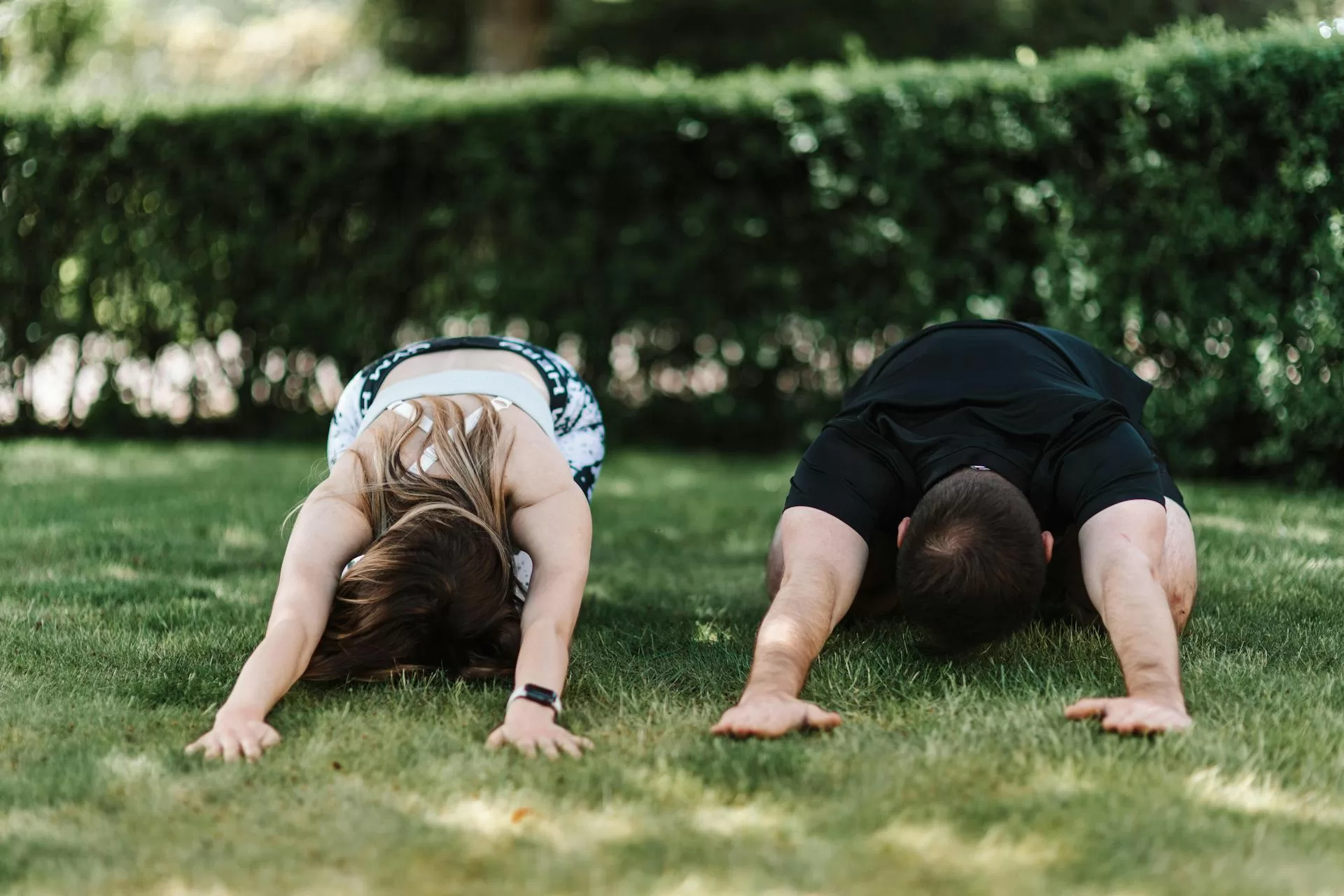Many clients on the Autism Spectrum Disorder (ASD) NDIS plan can benefit from regular exercise. It improves physical health, reduces stress, and boosts mood. But traditional gyms or group fitness classes might not be appealing at first. As a support worker, here are some tips to motivate your ASD clients to embrace a fun and effective exercise routine, addressing common challenges like resistance to change and unfamiliar environments:

Understanding Sensory Needs and Gym Environments:
- Sensory Sensitivities: Bright lights, loud music, or crowded gyms can be overwhelming. Talk to the gym staff about quieter times or areas. Consider noise-canceling headphones, or using the gym during off-peak hours.
- Navigating the Gym: The unfamiliar layout and equipment can be intimidating. Do a trial run beforehand to explore the gym in a relaxed setting. Explain the function of different machines and areas.
Making Gyms Accessible for ASD Clients:
- Develop a Comfort Routine: Start with exercises in a familiar area of the gym, gradually venturing out as your client adjusts.
- Visual Aids: Create a visual schedule with pictures of exercises your client will be doing at the gym. This provides a sense of predictability.
- Consider Personal Training: A personal trainer can create a customized program that caters to your client’s needs and preferences. They can also provide guidance and support in a familiar environment.
Traditional Gyms vs. Alternative Options:
- Gradual Exposure: If a traditional gym feels overwhelming initially, consider alternative options like sensory-friendly gyms or home workouts. Gradually introduce the traditional gym environment as your client feels more comfortable.
Tracking Progress and Improvement:
- Celebrate Milestones! Achievement is a powerful motivator! Track your client’s progress, no matter how small.Did they jog for an extra minute this week? Could they hold a squat for a few seconds longer? Acknowledge and celebrate these milestones to keep them engaged.
- Set Realistic Goals: Work with your client to set small, achievable goals that gradually increase in difficulty.This will help them feel a sense of accomplishment and promote continued progress.
- Data Tracking (Optional): Some clients find data tracking motivating. Explore tools or methods that resonate with your client, like a sticker chart or a simple notebook to track reps or time.
Positive Reinforcement and Communication:
- Celebrate Milestones: Acknowledge and celebrate even small achievements, especially when your client ventures outside their comfort zone at the gym. This reinforces positive associations with the gym environment.
- Open Communication: Talk openly about your client’s likes and dislikes regarding exercise and their comfort level with the gym environment. Modify routines to accommodate preferences and anxieties.
Exercise Ideas for ASD Clients:
- Individualized Activities: Explore options at the gym that suit your client’s interests. This could be weightlifting, swimming, using cardio machines, or attending adapted group fitness classes.
- Sensory-Friendly Gyms: Some gyms cater to individuals with sensory sensitivities. Look for these options in your area.
- Home-Based Workouts: Online exercise videos, bodyweight exercises, or dance routines can be done at home for added comfort.
NDIS Participant and Parent Tips:
- Discuss Goals with Support Workers: Talk to your support worker about your exercise goals, sensory preferences, and comfort level with gyms.
- Explore Funding Options: NDIS funding may cover gym memberships, personal training, or specialized programs. Discuss these options with your NDIS coordinator.
Remember:
The key is to make exercise a fun and positive experience for your ASD client. Patience, creativity, and focusing on their preferences will go a long way in establishing a healthy and enjoyable fitness routine, whether at home, in a traditional gym, or a specialized setting.
Talk to us
Please feel free to call or email us, or use our contact form to get in touch with us.We look forward to hearing from you!
